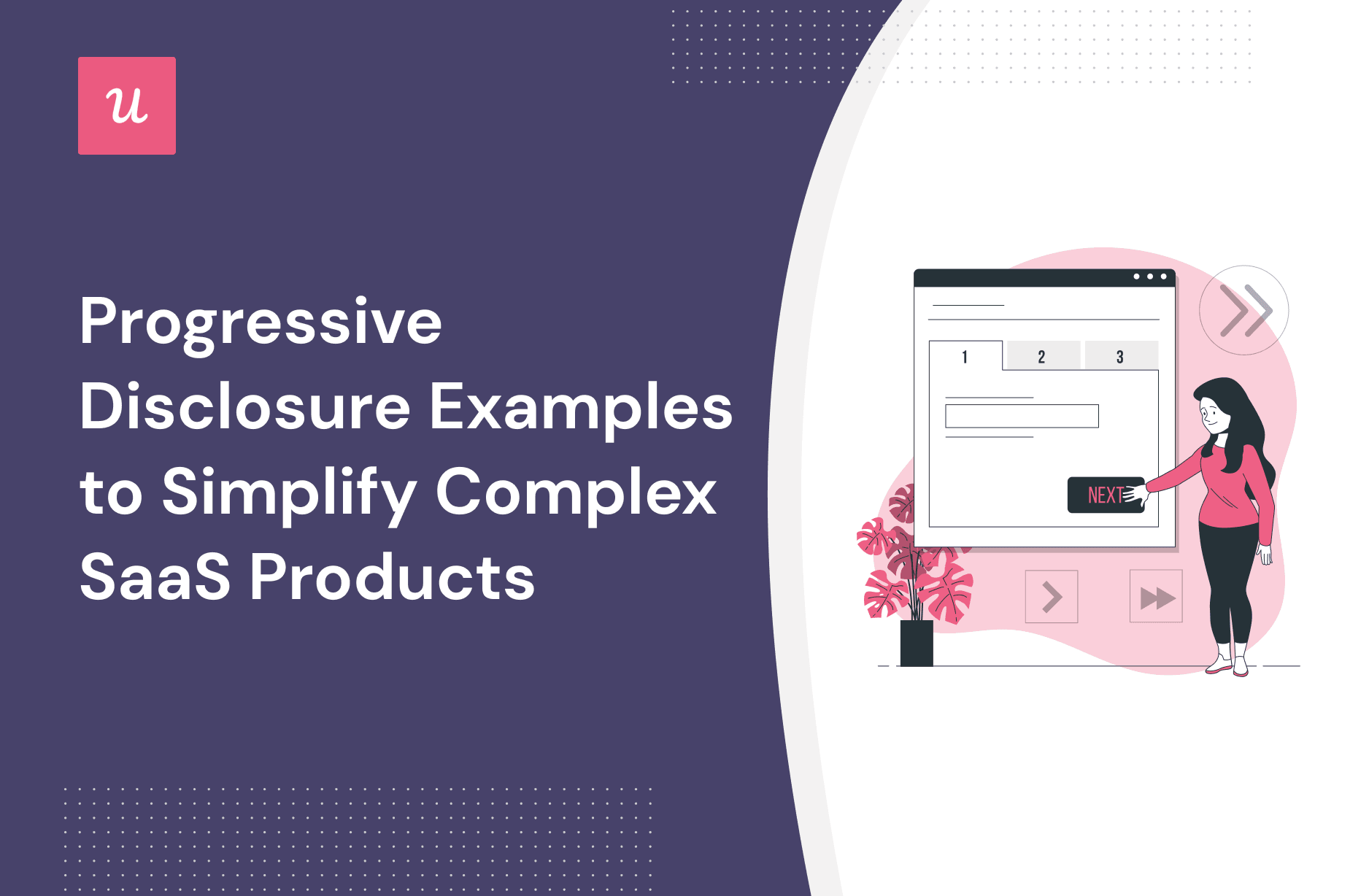Progressive Enhancement For Accessible User Experiences
Does your website provide a welcoming and inclusive user experience for everyone? Progressive enhancement is a crucial approach that ensures the accessibility and usability of your website for all users, regardless of their abilities or circumstances.
Editor's Note: Progressive Enhancement for Accessible User Experiences has been published today as a comprehensive guide to help you understand and implement this essential approach for building inclusive digital experiences.
After analyzing numerous studies and insights from industry experts, we've compiled this guide to assist you in making informed decisions about accessibility and progressively enhancing your website for an optimal user experience.
| Key Differences | Progressive Enhancement | Traditional Approach |
|---|---|---|
| Focus | Enhance the user experience gradually | Provide a base experience for all |
| Accessibility | Prioritizes accessibility for all users | May compromise accessibility for some users |
| Flexibility | Adapts to different user needs and devices | Can be less adaptable to evolving technologies |

Inclusive UI Design: Creating Accessible User Experiences - MockFlow - Source mockflow.com
In the subsequent sections, we will delve into the benefits of progressive enhancement, its implementation process, and the impact it has on creating accessible and inclusive user experiences.
FAQ
This section provides comprehensive answers to frequently asked questions (FAQs) regarding progressive enhancement for accessible user experiences.

Progressive Disclosure Examples to Simplify Complex SaaS Products - Source userpilot.com
Question 1: What is progressive enhancement and why is it important?
Progressive enhancement is a development approach that prioritizes the creation of accessible and functional content for all users. It involves building websites that work effectively with basic HTML and CSS, and then enhancing the experience with optional JavaScript or other advanced features. This ensures that all users have a solid foundation, regardless of their abilities or device capabilities.
Question 2: How does progressive enhancement benefit users with disabilities?
Progressive enhancement enables users with disabilities to access and interact with websites without relying solely on unsupported technologies like JavaScript. By providing a robust base of accessible content, users can navigate and consume information effectively, regardless of their assistive technology.
Question 3: Is progressive enhancement difficult to implement?
Progressive enhancement follows a straightforward approach that relies on core web standards. By adhering to best practices and utilizing assistive technology during testing, developers can effectively implement progressive enhancement without excessive complexity.
Question 4: What are some common misconceptions about progressive enhancement?
A common misconception is that progressive enhancement prioritizes accessibility over design and functionality. However, this is not true. Progressive enhancement ensures both accessibility and enhanced user experiences by building upon a solid foundation.
Question 5: How does progressive enhancement affect website performance?
Progressive enhancement generally improves website performance by optimizing the initial load time. By providing the most critical content first, users experience faster page loading, even on devices with limited bandwidth.
Question 6: Is progressive enhancement the only approach to accessibility?
Progressive enhancement is a robust approach to accessibility, but it is not the only one. Other approaches, such as responsive design and ARIA (Accessible Rich Internet Applications), can complement progressive enhancement strategies to further enhance accessibility.
In conclusion, progressive enhancement plays a vital role in creating accessible and user-friendly websites for all. Its core principles ensure that even users with limited capabilities or outdated browsers can access and interact with web content effectively.
Moving forward, the next section will explore the benefits of progressive enhancement in more detail, providing practical examples and best practices for implementation.
Tips
Progressive enhancement is a web design approach that prioritizes accessible user experiences, Progressive Enhancement For Accessible User Experiences. Focus on core functionality and provide enhancements for advanced browsers. This ensures that all users can access and interact with your site, regardless of their device or abilities.
Tip 1: Use semantic HTML elements:
Employ semantic elements like
,
,